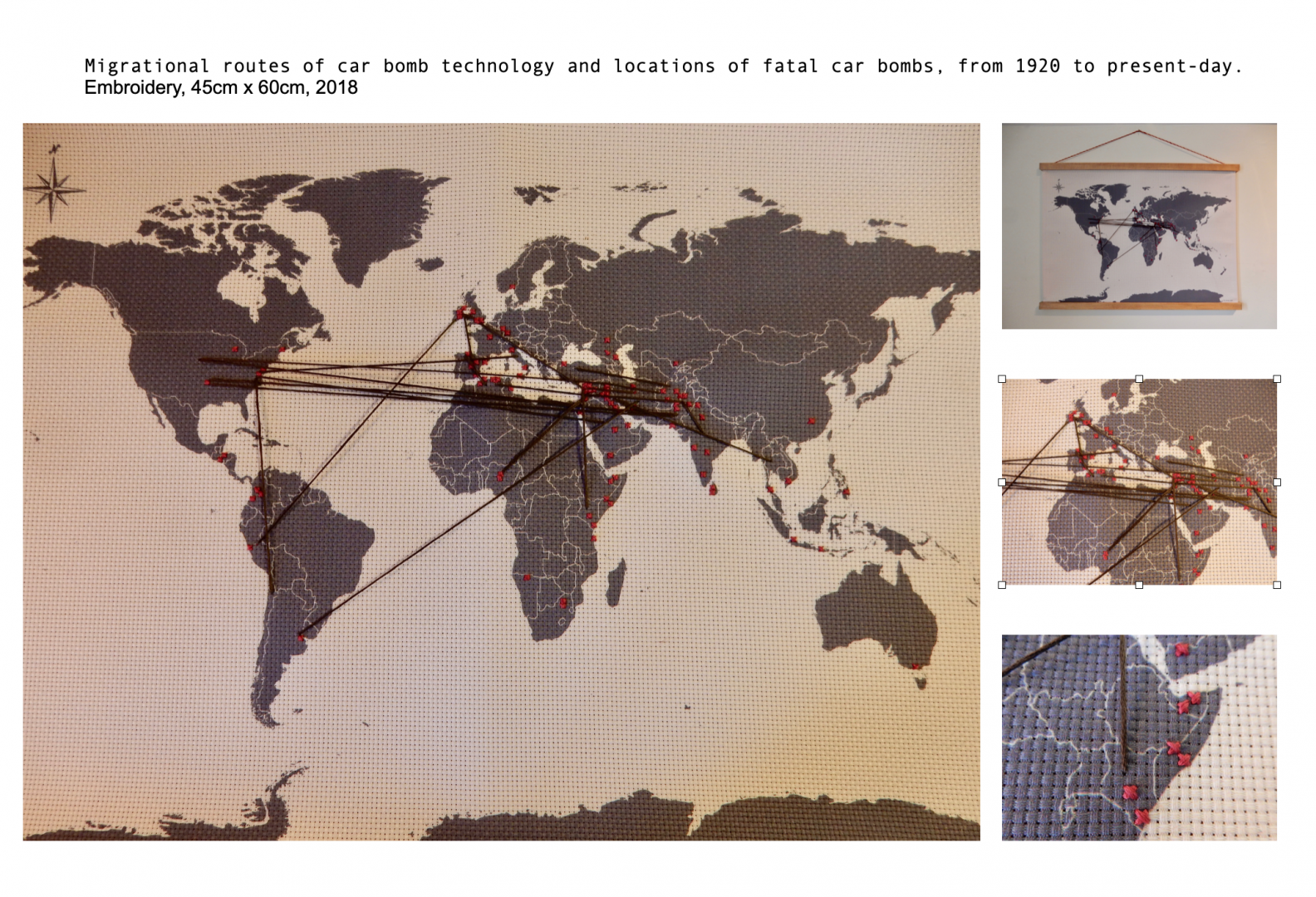The Open Call for the Social Art Award 2019 under the topic “We are the People – Peaceful Revolutions” was closed on December 15, 2019. We are very impressed by 558 submissions that were contributed by artists coming from 65 countries across all continents.
The winners of The Social Art Award 2019 are Narcissa Gold (USA), Melinda Mouzannar (Lebanon) and Bogna Grazyna Jaroslawski (Poland/Germany). The Honorary Mention goes to Kingson Kin Sing Chan (Hong Kong/UK).
Below you find the artworks, that passed the initial jury round. The public voting took place till 30 December and is a tool to give more public visibility to the topic and the artworks. It does not replace the final jury judgment. There were two wildcards for the most voted artworks that entered the final shortlist.
The focus diversity of applications shows that artists are active in the multi-faceted fields of socially engaged art reflecting on wars, genocides, femicides, traumata, violence against refugees, children, women, men, disabled people, LGBTIQs, animals. They share feelings for the planet and its living species, but also showing hopelessness due to complex crises be it climate change (e.g. in regard to water pollution), capitalism, corruption, a violation against human rights, nature, protected national parks. Many of the artists are constantly trying to give a voice to the poorest or empower unheard social groups.
It’s not only about peaceful revolutions, but it’s also about feeling a deep connection and showing love and respect for each other.
Thank you all for sharing your great and inspirational work and look at all the great contributions!
Migrational routes of car bomb technology and...
Grant Lambie
open category
The car bomb has been used to resist the dominant power that uses systemic violence against the people (this violence comes as false flag car bombs as well), to control and render the people powerless. The first car bomb was in 1920 on Wall Street outside JP Morgan and company’s building, killing 38 people, by an Italian immigrant anarchist. The work is in the form of a tapestry, juxtaposing the masculine use of car bombs (very few women), and the power of the predominantly male elite. How can art catalyze change?: Knowing the past affects the future.
The car bomb has been used to resist the dominant power that uses systemic violence against the people (this violence comes as false flag car bombs as well), to control and render the people powerless. The first car bomb was in 1920 on Wall Street outside JP Morgan and company’s building, killing 38 people, by an Italian immigrant anarchist. The work is in the form of a tapestry, juxtaposing the masculine use of car bombs (very few women), and the power of the predominantly male elite. How can art catalyze change?: Knowing the past affects the future.



